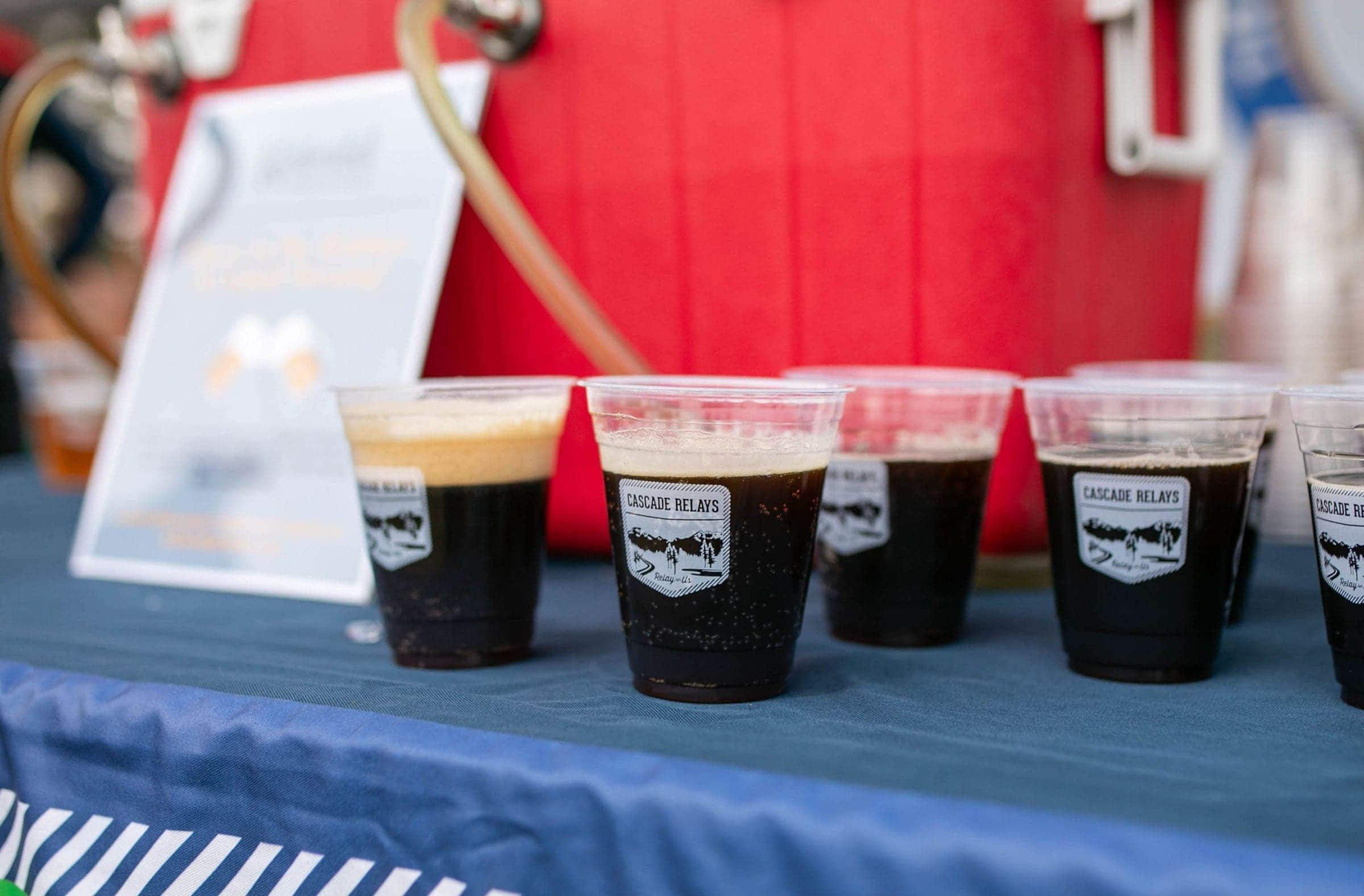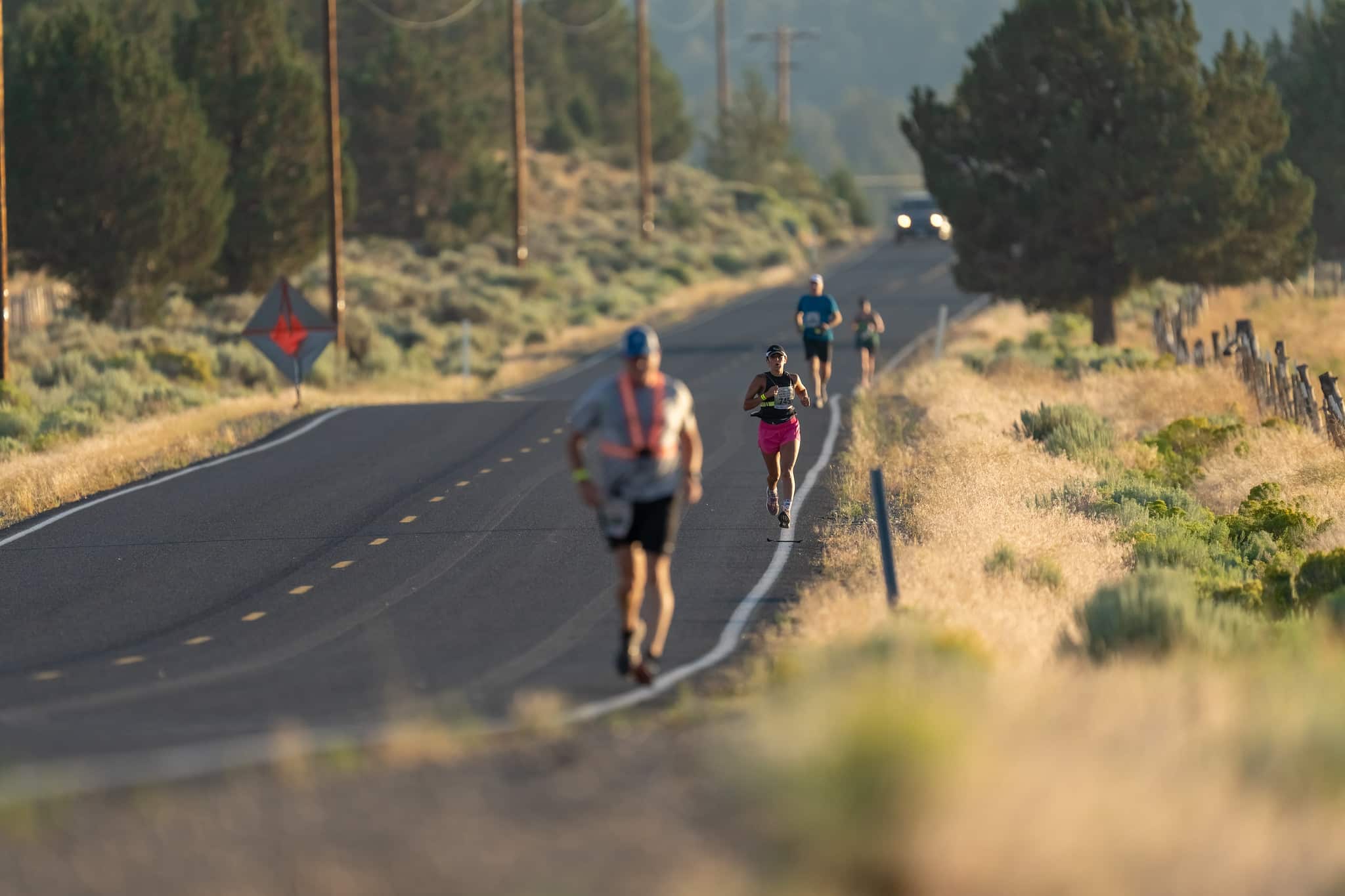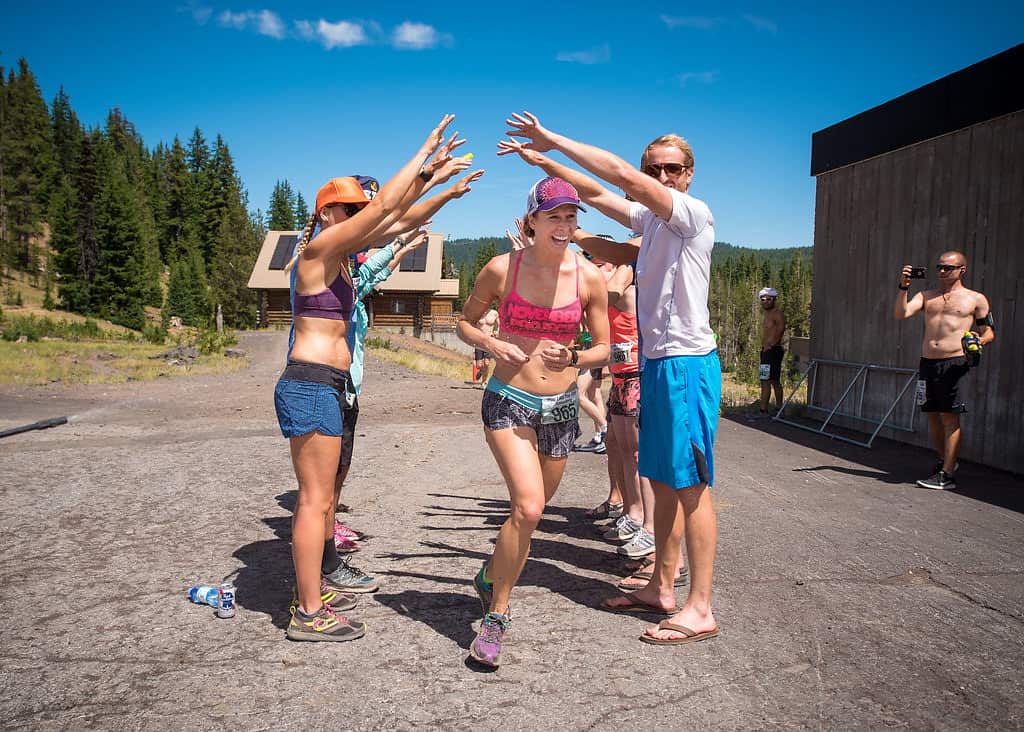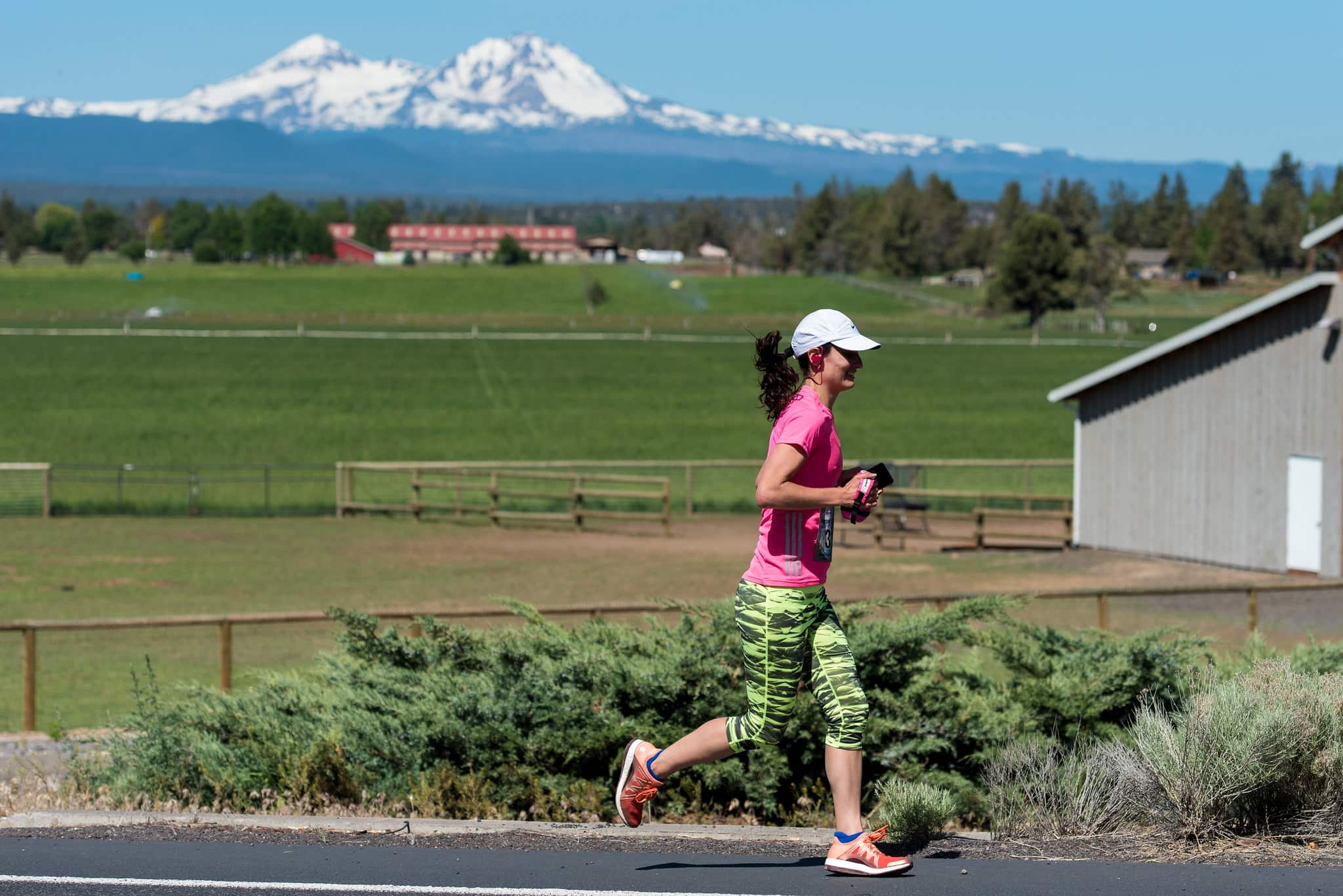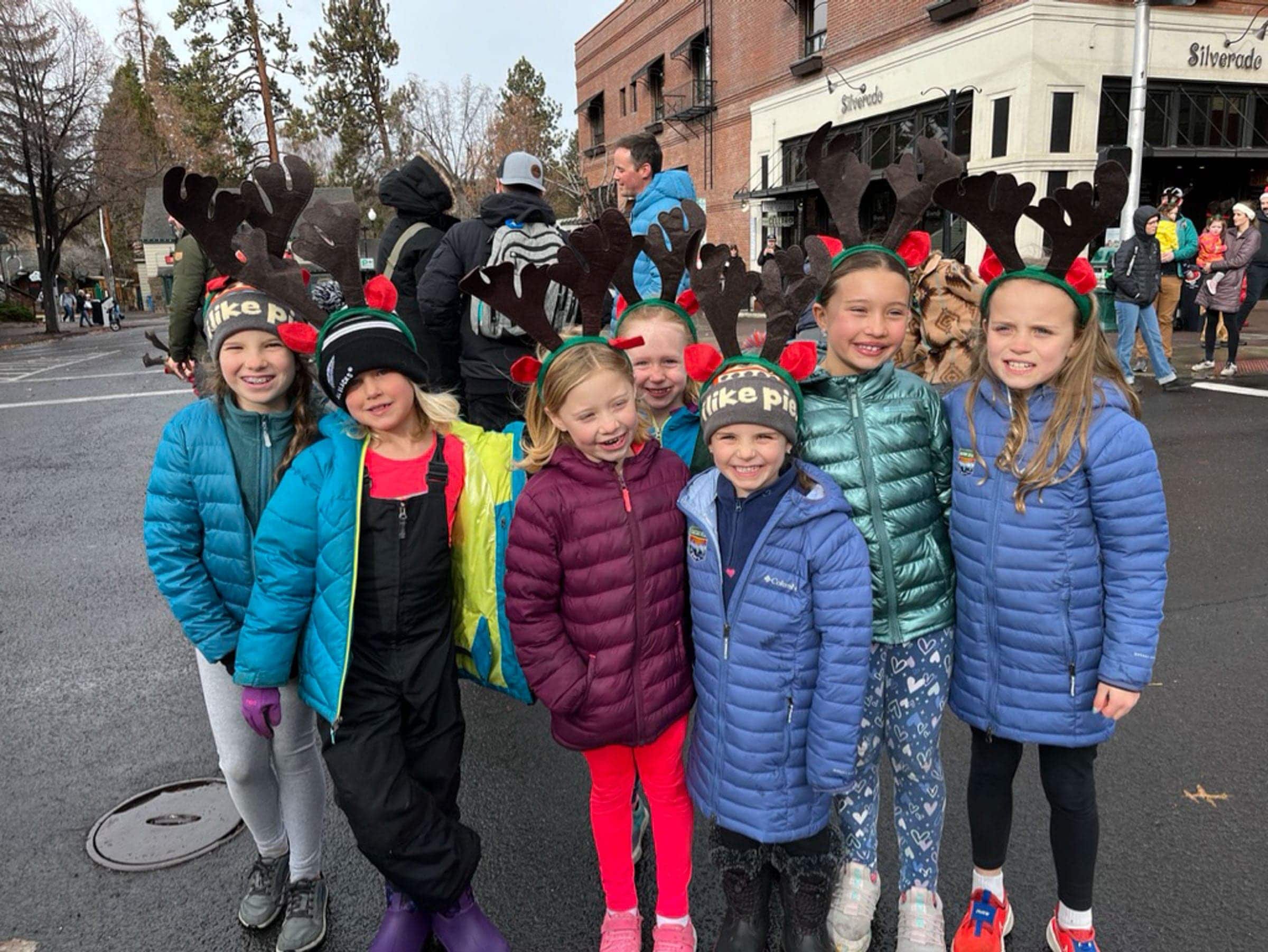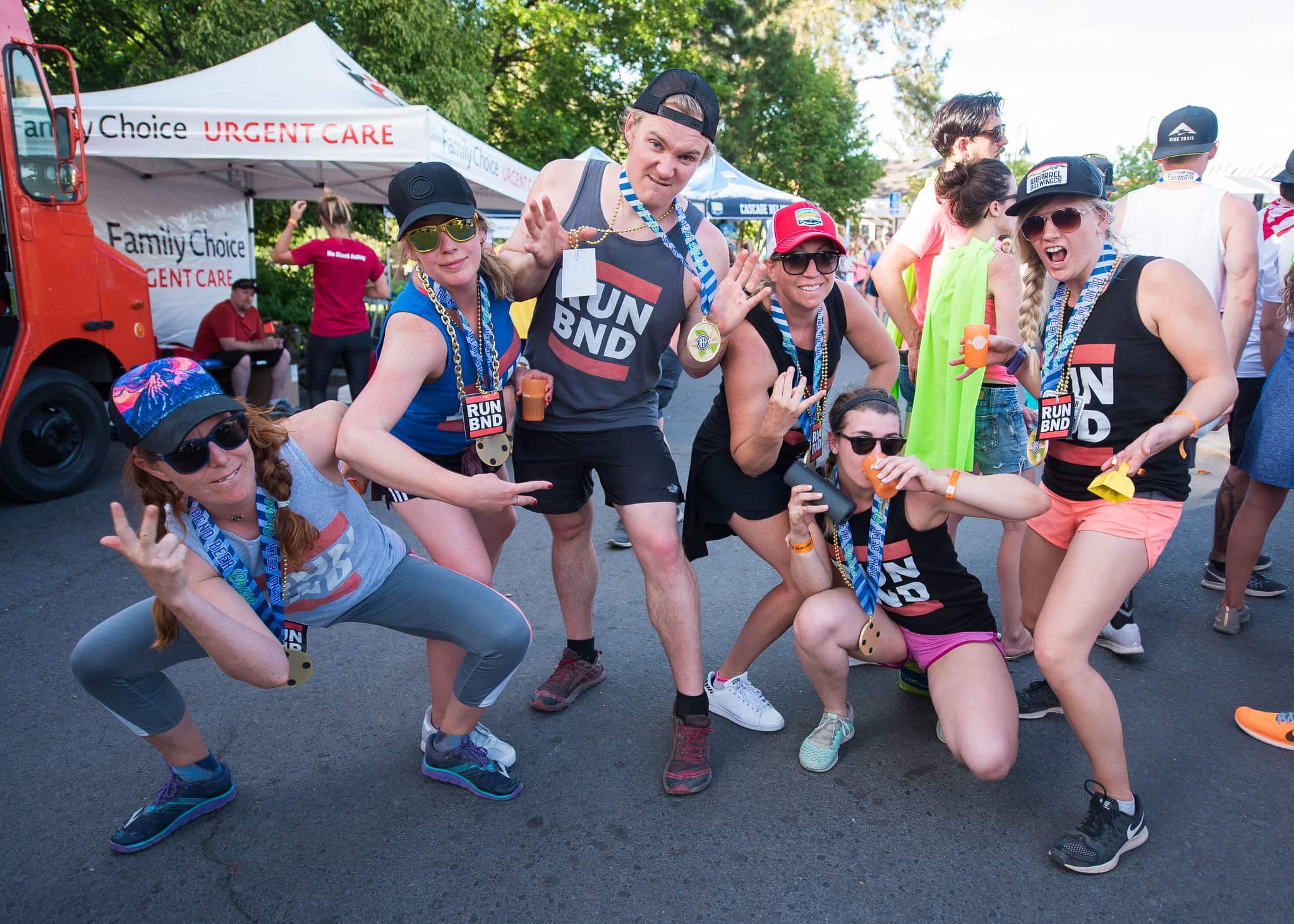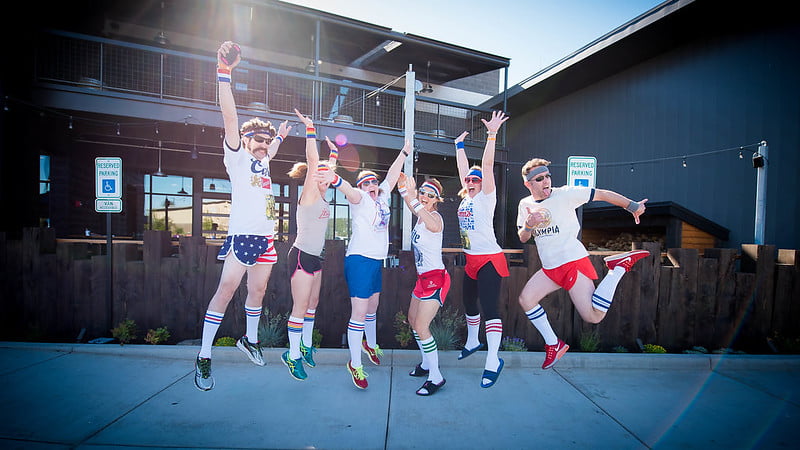3 Great Tips for Success
Running is often considered a solo sport – but it doesn’t have to be! At Cascade Relays, we love running, and we love running with friends. Running can be a great social activity, and running with others can help you build friendships and build community. Our unique and fun relays are designed to be completed by a team, whether that team consists of lifelong friends, or a newly built group of running partners. If you are considering joining us for a relay for the first time, you might be curious about what you need to know about relays. Read on to learn 3 tips for success when running a relay.
Build your team thoughtfully
Relays are a team effort, and at their core they are all about being part of a larger collective group. Choosing the right members for your group can determine your experience- for better or worse. When forming your group, consider personality types. You’ll want to surround yourself with a group of people whose personalities complement each other, and whose energies are compatible. Your group will be spending a lot of time together, so the most important thing is not to pick teammates simply because they are stellar runners, but rather choose those who are enjoyable to be around and who will motivate you to do your best.
Choose your legs wisely
In a relay, the distance is split into “legs,” with each runner taking on a different leg of the course. The legs will vary in distance and difficulty, so it is important to analyze the course ahead of time and carefully choose the leg that is the best fit for each runner. It’s a good idea to give less-experienced runners the shorter, easier legs, and leave the more challenging legs to the more experienced runners. Also, remember that relays are run at all hours, so consider which runners are best equipped to run a night leg.
Be prepared!
Being prepared is two-fold: first of all, training matters! Train for a relay as you would for any competitive run. Build your speed and endurance over the months leading up to the race. Practice running under different conditions, such as in heat, rain, and at night. Consider which leg you are planning to run, and train accordingly. Secondly, when event time comes, be sure to pack the right gear. Some essential items include a water bottle or hydration pack, a headlamp and blinking light if you are running a night leg, back-up running shoes, a spare running outfit, and snacks for staying energized.
Ready to hit the relay course? Running with a team is an entirely different experience than running alone. When you run a relay, you will find it is not all about you and your best time, but rather being a part of a larger group effort. In a relay, you will find yourself cheering on your teammates, and you will benefit from their support and comradery as well. At Cascade Relays, we love running, and we love running with friends. Our long distance relay runs focus on community, friendship, scenic courses, and supporting local non-profits. If you are ready to join us on one of our unique and exceptionally fun courses, visit https://cascaderelays.com.


